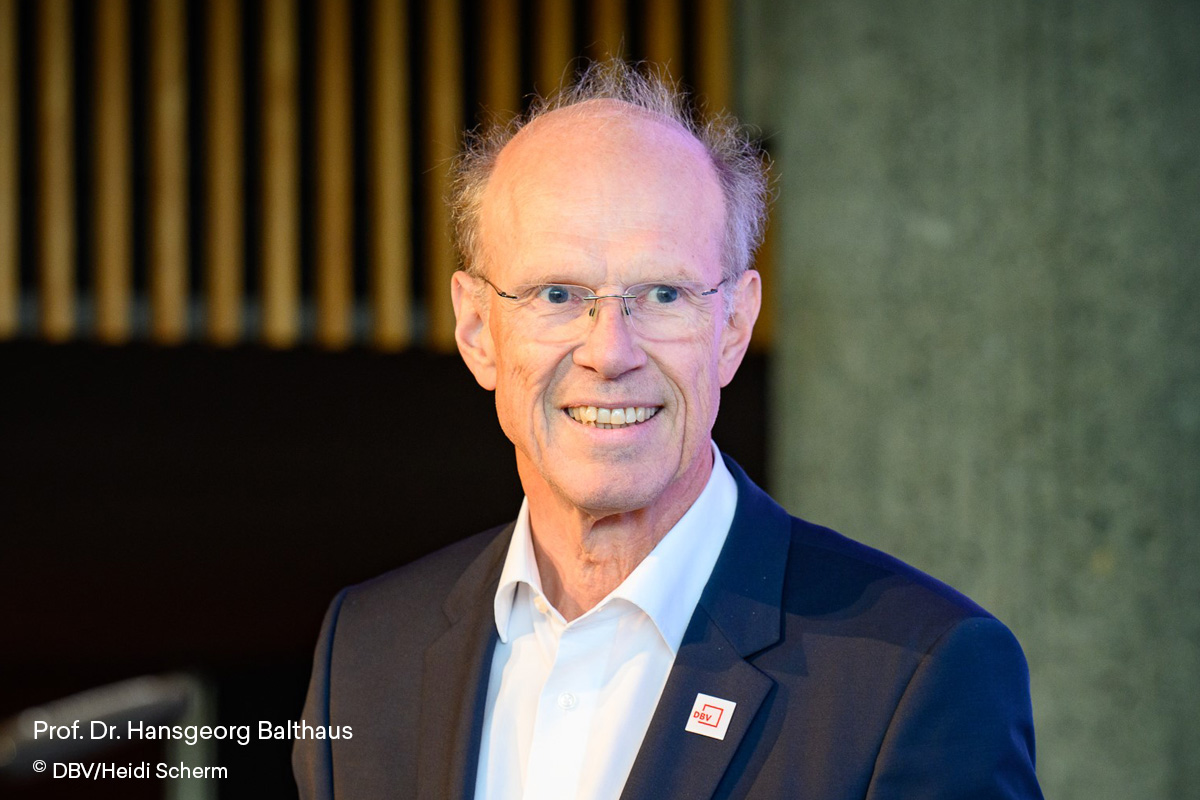#Concrete Aeditor
More than just CO2 – What sustainability means in precast concrete production
Besides automation, sustainability is the topic that will most significantly shape the future of the construction industry. How much can our Robotic Shotcrete Printing technology contribute to a greener precast concrete production? We wanted to know for sure and consulted a scientist and industry expert for insights.

We set out to make the construction industry future-ready with our robotic 3D printing solution. Two closely connected value propositions are at the core of our mission: firstly, to achieve a significant increase in productivity in concrete part manufacturing, and secondly, to make concrete construction more sustainable. From the outset, the key vehicle for realizing this vision was the comprehensive automation of the production process. Thus, with Robotic Shotcrete Printing (RSP), we not only developed an innovative printing technology but also designed Concrete Aeditor as a holistic automation solution.
Over the past three years, our technological development has come a long way, from a research project to an industrially tested manufacturing process. Today, Concrete Aeditor is the centerpiece of our pilot customer Glatthaar Starwalls’s new manufacturing site in Schramberg. With mouldless printing of structural precast concrete elements, we can fully leverage the potential of prefabrication and set new standards in terms of efficiency and versatility.
So now it is time to focus on our second value proposition: sustainability. To get things started, we invited the renowned industry expert Dr. Hansgeorg Balthaus to analyze and provide an assessment of the sustainability potential of RSP and the concrete precast parts produced with it. Dr. Balthaus brought his extensive industry experience from his tenure at Hochtief, his committee work in the Deutsche Beton- und Bautechnikverein, and his professorship at TU Berlin to this endeavor.
The first results are now available, comparing and evaluating standard site-cast concrete, conventional precast concrete produced with formwork, and our RSP precast elements in terms of various sustainability factors, categorized into the areas of ecology (technical measures), economics, and socio-cultural aspects. Although we are still in the early stages, the initial results already show a clear trend: RSP concrete stands out compared to traditional production methods and shows significant sustainability potentials. This confirms our belief that a fundamental transformation of the construction industry, particularly in the manufacturing of precast concrete components, toward more environmentally friendly practices is possible.
“In terms of sustainability, I see significant potential in Aeditive’s Robotic Shotcrete Printing. In the initial assessments, RSP concrete significantly outperforms the other examined concrete production methods.”
Prof. Dr. Hansgeorg Balthaus
As encouraging as these data are, due to the complexity associated with the introduction of innovative technologies, further analyses and a careful examination of various sustainability aspects are necessary. A holistic assessment of components’ lifecycles promises to provide additional insights. In any case, the investigation provides valuable input for the advancement of our RSP technology – and offers some answers about the future of concrete construction.
